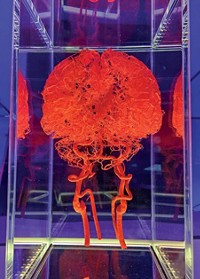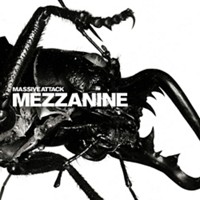Advertisement
Grab your lab coat. Let's get started
Welcome!
Welcome!
Create an account below to get 6 C&EN articles per month, receive newsletters and more - all free.
It seems this is your first time logging in online. Please enter the following information to continue.
As an ACS member you automatically get access to this site. All we need is few more details to create your reading experience.
Not you? Sign in with a different account.
Not you? Sign in with a different account.
ERROR 1
ERROR 1
ERROR 2
ERROR 2
ERROR 2
ERROR 2
ERROR 2
Password and Confirm password must match.
If you have an ACS member number, please enter it here so we can link this account to your membership. (optional)
ERROR 2
ACS values your privacy. By submitting your information, you are gaining access to C&EN and subscribing to our weekly newsletter. We use the information you provide to make your reading experience better, and we will never sell your data to third party members.
Environment
Newscripts
Cracking da Vinci's code, Great Lakes manure expo, Singapore to build 'DNA' bridge
by Stephen Trzaska
April 17, 2006
| A version of this story appeared in
Volume 84, Issue 16
Cracking da Vinci's code
Nat King Cole characterized the subject of Leonardo da Vinci's masterpiece "Mona Lisa" as "the lady with the mystic smile." But now Dutch researchers think they have figured out the reason for her inscrutable expression.
Performing a lighthearted experiment, researchers at the University of Amsterdam used emotion-recognition software, which they developed in collaboration with the University of Illinois, to scan the painting and figure out what's behind her expression.
To set a standard, researchers used 10 faces of women of Mediterranean ancestry to create a composite image. The Mona Lisa was compared with this and was scored on the basis of six emotions: happiness, surprise, anger, disgust, fear, and sadness. Using this biometrics technique, the researchers determined that the subject of the painting displays an emotional state that is 83% happy, 9% disgusted, 6% fearful, and 2% angry. She was less than 1% unemotional and showed no surprise. The software was not designed to register more subtle emotions, which are the ones that arguably give the painting its aura of mystery.
These entertaining results are of course not the last word on the famously enigmatic painting. Rather, the fun experiment might help advance the fledgling field of emotional recognition, which has yet to progress as rapidly as facial recognition technology.
Great Lakes manure expo
Ever wanted to learn efficient manure management strategies? If so, plan on attending the 2006 Great Lakes Manure Handling Expo: Manure, Keep It in the Root Zone on July 27 in Fowler, Mich.
The free event includes educational presentations about manure management. This includes the economics of manure, nutrient management, conservation practices, manure handling, and odor control. The expo will also hold field demonstrations, educational sessions, and commercial vendors' displays. Food concessions are available on-site.
Topics to be discussed include:
- The economics of manure—looking at both sides of the ledger, including the nutrient value of manure and hauling costs associated with this resource.
- Nutrient management—learning how to put resources to work for crop production while protecting the environment and following state nutrient management plan provisions.
- Manure handling—discovering innovative methods for dealing with sand bedding and using other technologies for in-field accuracy and record keeping.
- Odor control—exploring opportunities for handling and applying manure to reduce odors.
The expo is sponsored by Michigan State University Extension, Ohio State University Extension, and Purdue University Extension. Waste not, want not.
Singapore to build 'DNA' bridge
Singapore has unveiled a plan to build a bridge that will link components of a massive new tourist development. Costing about $42 million, the bridge will be helix-shaped, thereby resembling the structure of DNA.
Perhaps taking a cue from the double- stranded structure, the government hopes to double the number of visitors. Tourism is one of Singapore's largest industries. According to its Urban Redevelopment Authority, the "innovative and sculptural" double-helix structure for the pedestrian walkway is the "world's first in architectural and engineering bridge design."
As designed, the bridge will comprise two spiraling steel members held together by connecting struts to form a tubular structure. The bridge's resemblance to the structure of DNA symbolizes "life and continuity, renewal, everlasting abundance, and growth"—themes that reflect the entrepreneurial and developmental spirit of the project.
The government claims that construction of the bridge, consisting of a six-lane motorway and a 6-meter-wide pedestrian walkway, will begin at the end of this year and is targeted for completion in 2009. Can an RNA bridge be far behind?






Join the conversation
Contact the reporter
Submit a Letter to the Editor for publication
Engage with us on Twitter